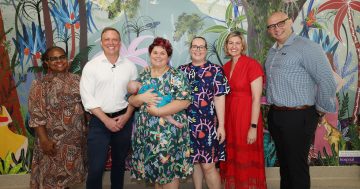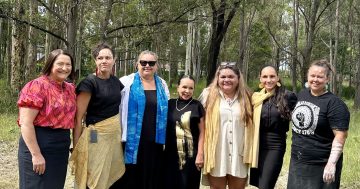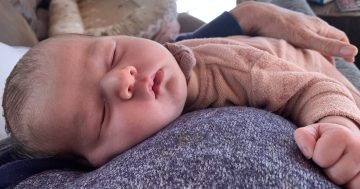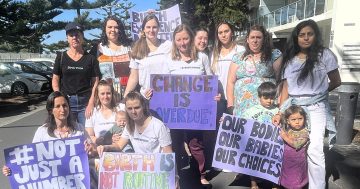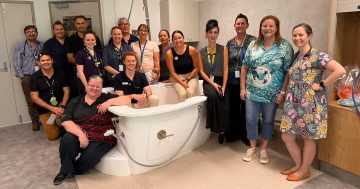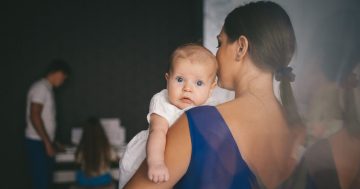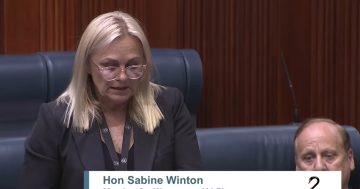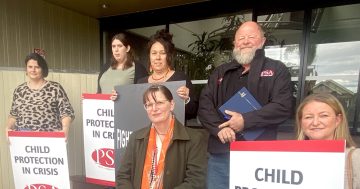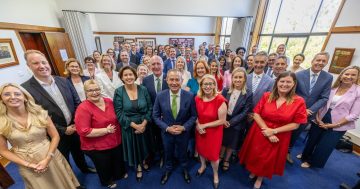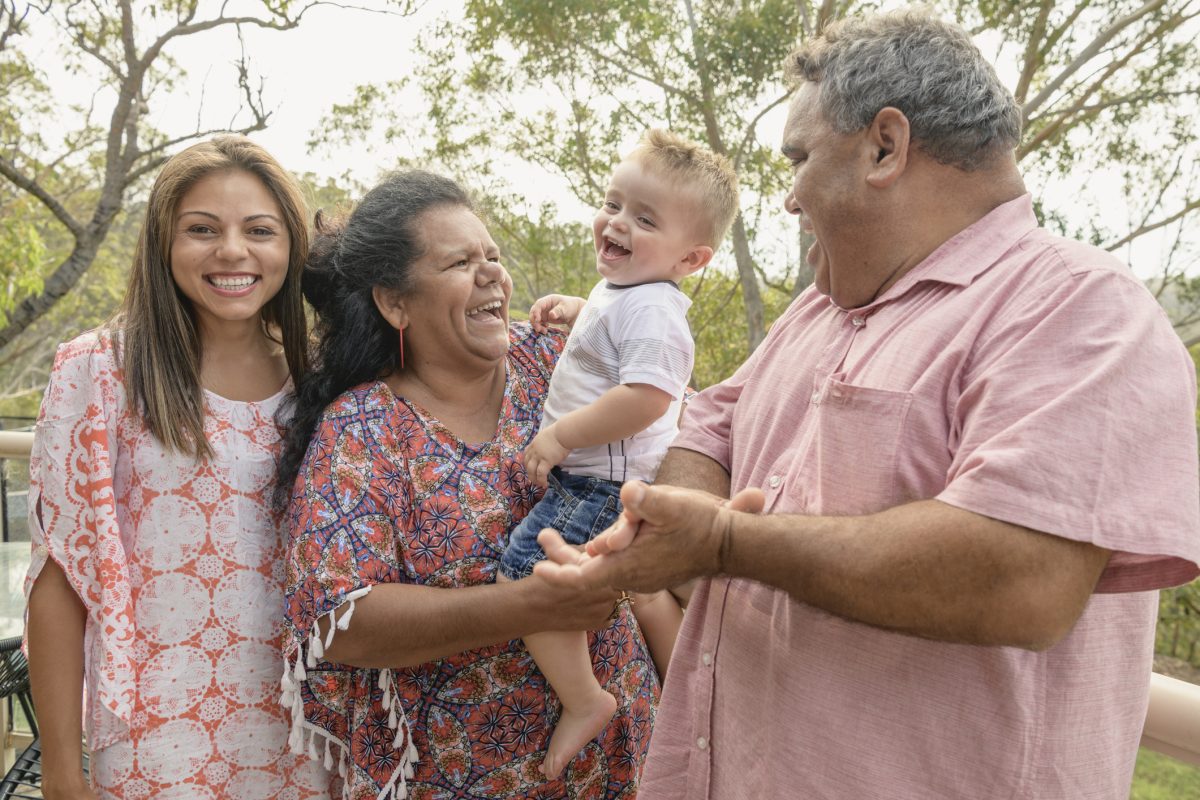
The research was funded by the Australian National Health and Medical Research Council, and involved staff, data and researchers from the Institute for Urban Indigenous Health (IUIH), Aboriginal and Torres Strait Islander Community Health Service Brisbane, Mater Mothers’ Hospital, Mater Research, and Charles Darwin University. Photo: Johnny Greig.
Despite the latest Closing the Gap report revealing an increase in the number of Indigenous children within out-of-home care, a recent Queensland study has shown a way to significantly reduce the number of Indigenous babies removed at birth.
The research commissioned by the Institute for Urban Indigenous Health (IUIH), shows women who received care through an Indigenous-led model of maternity care were three times less likely to have their Indigenous newborn removed by child protection services in comparison to those who went through a standard option.
As they worked on the study the researchers found that in their jurisdiction between 2021-22, Indigenous babies accounted for 43 per cent of infants in out-of-home care while only representing 9.7 per cent of all newborns.
CEO of the ATSI Community Health Service in Brisbane, Renee Blackman, said pregnancy and childbirth provided an opportune time to engage women and break cycles of trauma.
“Unfortunately, most strategies and funding are directed towards child removal at birth, which is expensive and avoidable in many cases,” Ms Blackman said.
IUIH is a regional not-for-profit Community Controlled Health Service that leads the planning, development and delivery of health and family wellbeing services and employment pathways to the Aboriginal and Torres Strait Islander population of South East Queensland.
Development Manager of the Birthing in Our Community (BiOC) Service, Kristie Watego, said their results showed that existing maternity care models and child protection systems lacked preventative measures and failed to prioritise family preservation.
“IUIH’s Birthing in Our Community service is a holistic, Indigenous-led and governed, multi-agency partnership between Aboriginal community-controlled health services and hospitals in parts of Southeast Queensland,” said Ms Watego. “The BiOC model of care offers a more holistic and culturally safe and supportive wraparound service.
“We see women come earlier and more often during their pregnancy because we’ve built relationships and connection with them. They feel comfortable and trust our staff, and that means they disclose challenges and then engage to strengthen themselves and their families.
“That’s at odds with what you often see in standard services with women concerned about child protection services.”
For the study, between 2013 and 2019, women pregnant with Indigenous babies were offered either standard care or the IUIH’s BiOC service at their Salisbury Community Hub and Brisbane’s Mater Mothers’ Hospital. Of the total 1988 options offered, 944 women (960 babies) underwent BiOC care while the other 1044 (1048 babies) received standard care.
Thirty-one of the women who received standard care had their babies removed by child protection services at birth, in comparison to the nine women who received BiOC care. This latter model of care also reported an immense proportional difference (9.5 per 1000) with that year’s national rate of 57.8 per 1000.
Ms Watego said BiOC had already proven to be effective in improving health outcomes for Indigenous babies, reducing pre-term births by 38 per cent, and significantly reducing related costs on the health system. And their research now showed it was also effective for improving family outcomes and reducing child protection intervention.
Director of Charles Darwin University’s Molly Wardaguga Research Centre, Professor Yvette Roe, said the implications of this research meant investment for Indigenous organisations to provide these evidence-based services was urgent.
A sentiment that IUIH CEO Adrian Carson agreed with, stating the evidence was timely after the Productivity Commission’s scathing criticism of the latest Closing the Gap report.
“The review highlighted the lack of meaningful change in many areas, particularly that governments had failed to enable self-determination through sharing of power, and need to recognise that the community-controlled sector can achieve better results,” said Mr Carson. “We’ve demonstrated improvements in health and community outcomes, that it is possible to close the gap, and we’re contributing long-term cost savings to governments in the process.
“As a community-controlled health service we’ve successfully led the design and delivery of this incredibly effective service in partnership with mainstream services.
“It’s time for action, and funding, to follow the evidence.”


